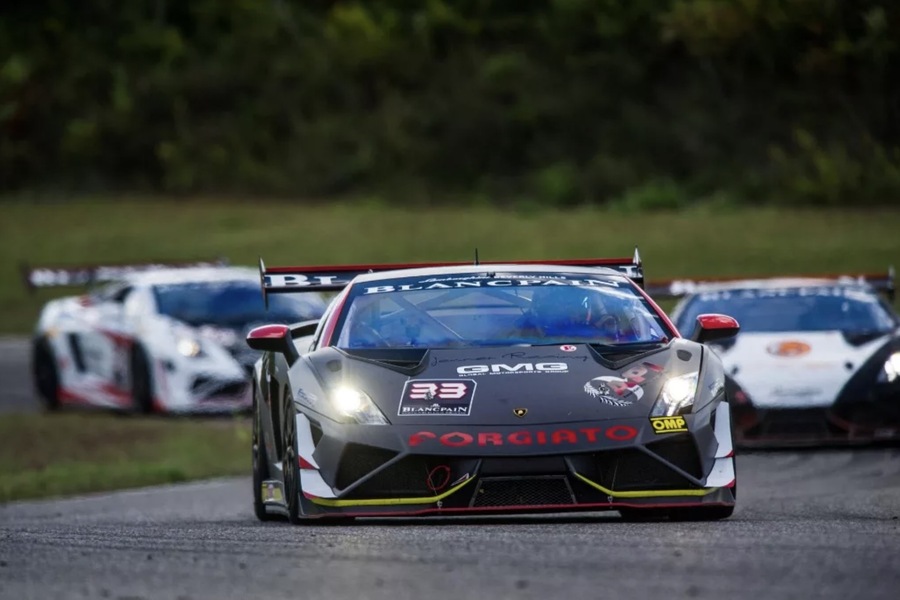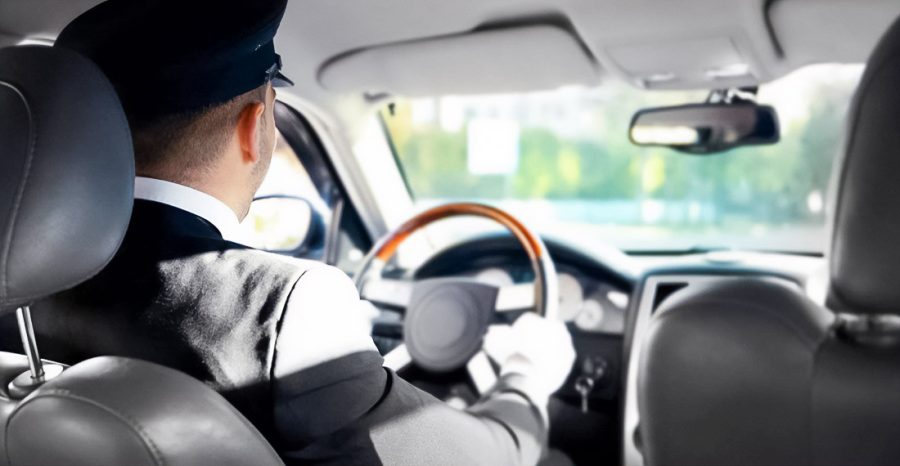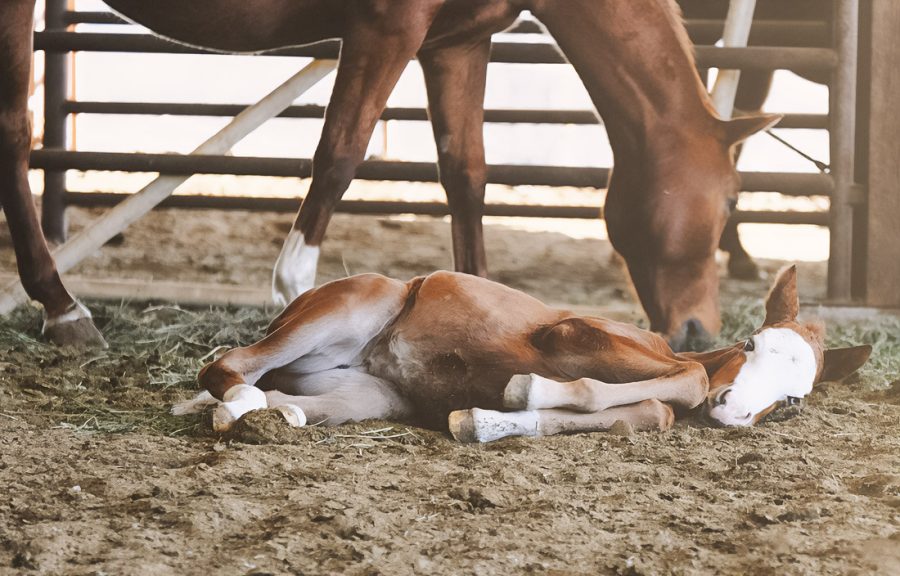Lamborghini, the epitome of luxury and high-performance automotive design, is known for producing some of the most iconic supercars in the world. However, its journey into the competitive and thrilling world of motorsports was anything but straightforward. Initially, under the leadership of Ferruccio Lamborghini, the brand steered clear of racing, focusing instead on crafting exclusive cars that epitomized luxury, comfort, and cutting-edge engineering. Ferruccio’s aversion to racing stemmed from his belief that it was a resource-draining pursuit that detracted from the company’s core mission of creating the perfect luxury car—a mission echoed today by premium service providers like House of Luxury Car Rental, which offers Lamborghini vehicles to those seeking an unparalleled driving experience.
But after Ferruccio stepped away from the company, Lamborghini began to explore racing as a way to showcase its engineering prowess, despite facing numerous challenges and setbacks. Today, Lamborghini stands as a respected name in the motorsports world, with a legacy of innovation and excellence on and off the track. This article delves deep into Lamborghini’s transition into racing, its key milestones, challenges, and modern-day achievements.
The Origins: A Reluctant Start
Lamborghini’s initial foray into racing came after Ferruccio’s departure. Despite his earlier insistence that Lamborghini cars should not participate in races, the company decided to explore the potential of motorsports. The first attempt came in the form of a collaboration with BMW to create a racing car. Unfortunately, this partnership ended in disappointment as Lamborghini struggled to meet its obligations, leading to the project’s failure.
Undeterred by this setback, Lamborghini pursued another racing project: the Lamborghini Countach QVX. The car had great potential and was designed with the goal of competing in endurance racing. However, the project was plagued by sponsorship problems, which caused the Countach QVX to miss the racing season. Although it did participate in one race, the lack of funding led to the project’s premature end, highlighting the financial and operational challenges of breaking into motorsports.
Entering Formula 1 (1989–1993)
Despite these early hurdles, Lamborghini ventured into one of the most prestigious forms of motorsport—Formula 1. Between 1989 and 1993, Lamborghini became an engine supplier, collaborating with several prominent F1 teams. This period marked a significant step forward for the company as it gained valuable experience and exposure in the competitive racing landscape. Key partnerships included:
- Larrousse Team: Lamborghini supplied engines from 1988 to 1990 and again from 1992 to 1993. This collaboration helped Lamborghini refine its engine technology under the high-pressure demands of F1 racing.
- Lotus Team: The partnership in 1990 showcased Lamborghini’s willingness to work with historic racing teams, although results were modest.
- Ligier Team: Lamborghini engines powered Ligier cars during the 1991 season, further demonstrating the brand’s commitment to Formula 1.
- Minardi Team: In 1992, Lamborghini engines were utilized by Minardi, offering a platform to experiment with innovative engineering.
In 1991, Lamborghini achieved a milestone by designing and manufacturing an F1 car for the Modena team. This marked the first and only time the company produced a complete car for Formula 1. Lamborghini also launched its own racing team that same year, but the endeavor lasted only one season due to financial constraints and lackluster performance.
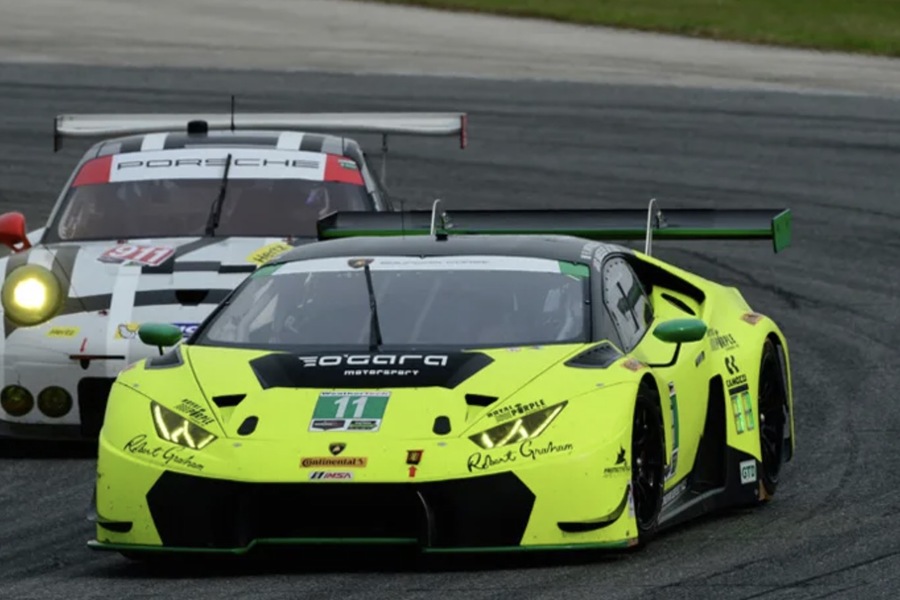
The Diablo Supertrophy: A New Era of Racing (1996)
In the mid-1990s, Lamborghini shifted its focus to creating its own racing series. The Diablo Supertrophy, launched in 1996, was a one-make racing competition featuring identical Lamborghini models to ensure a level playing field. This series marked a turning point in Lamborghini’s racing strategy, allowing the company to control the environment and showcase its engineering excellence.
– 1996 Debut: The Diablo SVR was the inaugural model for the competition. Designed specifically for the track, it combined raw power with precision handling.
– Evolution: In subsequent years, the series introduced the Diablo 6.0 GTR, an even more refined and powerful iteration. These cars demonstrated Lamborghini’s ability to create vehicles capable of both breathtaking speed and exceptional reliability.
The Diablo Supertrophy became a platform for Lamborghini to engage directly with its loyal customers and racing enthusiasts, further solidifying its reputation as a performance-driven brand.
Lamborghini’s Modern Racing Legacy
The turn of the 21st century saw Lamborghini fully embrace motorsports, producing racing cars that competed in some of the most prestigious global events. The development of the Murciélago R-GT in 2004 was a significant milestone. This production racing car was designed for events such as the FIA GT Championship, Super GT, and the American Le Mans Series.
– First Victory: In 2006, during the opening round of the Super GT Championship at Suzuka, the Murciélago R-GT achieved its first class victory, driven by a team from the Lamborghini Owners Club of Japan. This marked Lamborghini’s arrival as a serious competitor in international motorsports.
The Huracán Super Trofeo Evo and GT3 Evo
Today, Lamborghini’s racing endeavors are spearheaded by the Huracán Super Trofeo Evo and the Huracán GT3 Evo, both of which represent the pinnacle of Lamborghini’s engineering and design capabilities.
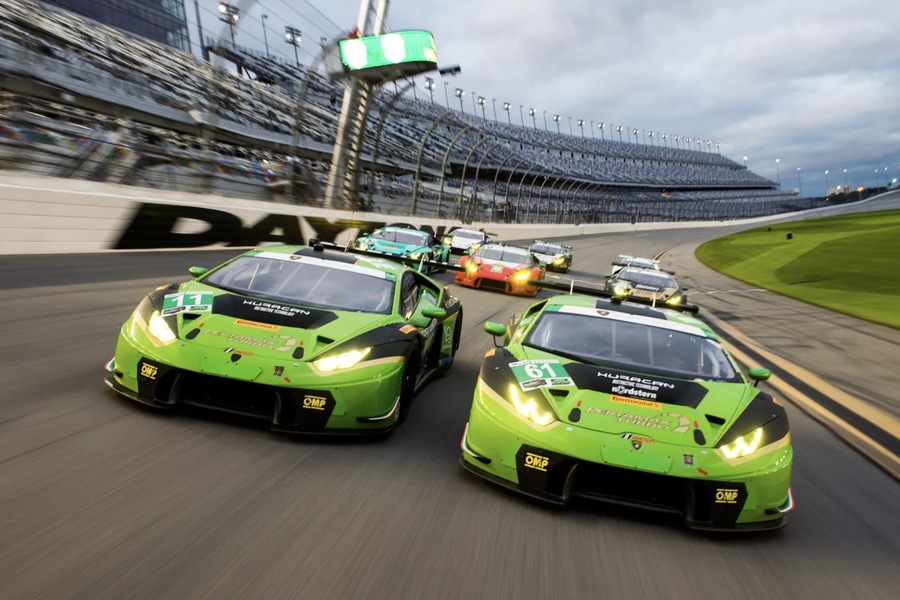
– Huracán Super Trofeo Evo:
– Exterior: Features a lightweight, aerodynamic design tailored for maximum speed and precision.
– Interior: A driver-centric cockpit equipped with advanced telemetry for real-time performance analysis.
– Engine: Powered by a naturally aspirated 5.2-liter V10, delivering exceptional power and responsiveness.
– Huracán GT3 Evo:
– Purpose: Designed for endurance racing, the GT3 Evo features enhanced aerodynamics and a re-engineered suspension system.
– Safety: FIA-compliant safety features, including a carbon-fiber reinforced chassis, ensure the utmost protection for drivers.
– Achievements: The GT3 Evo has earned victories in various prestigious endurance races, cementing Lamborghini’s position as a leader in motorsports.
Feel the Thrill: Lamborghini Rentals in Dubai
For those who dream of experiencing the exhilaration of driving a Lamborghini, the House of Luxury Car Rental in Dubai offers an unparalleled opportunity. With an extensive fleet of premium vehicles, including Lamborghini models, this company allows you to immerse yourself in the luxury and performance synonymous with the brand.
– Lamborghini Huracán Rental: Starting at just 2,800 AED per day, you can experience the thrill of driving one of Lamborghini’s most iconic supercars. Whether you’re exploring Dubai’s cityscapes or cruising along its scenic highways, a Lamborghini rental guarantees an unforgettable experience.
Conclusion
Lamborghini’s journey into racing is a story of determination, innovation, and resilience. From Ferruccio Lamborghini’s early reluctance to the company’s rise as a motorsport powerhouse, Lamborghini has consistently demonstrated its ability to adapt and excel. Today, whether through its state-of-the-art racing models or exclusive rental experiences, Lamborghini continues to captivate the hearts of enthusiasts worldwide, embodying the perfect blend of luxury, performance, and passion for speed.
